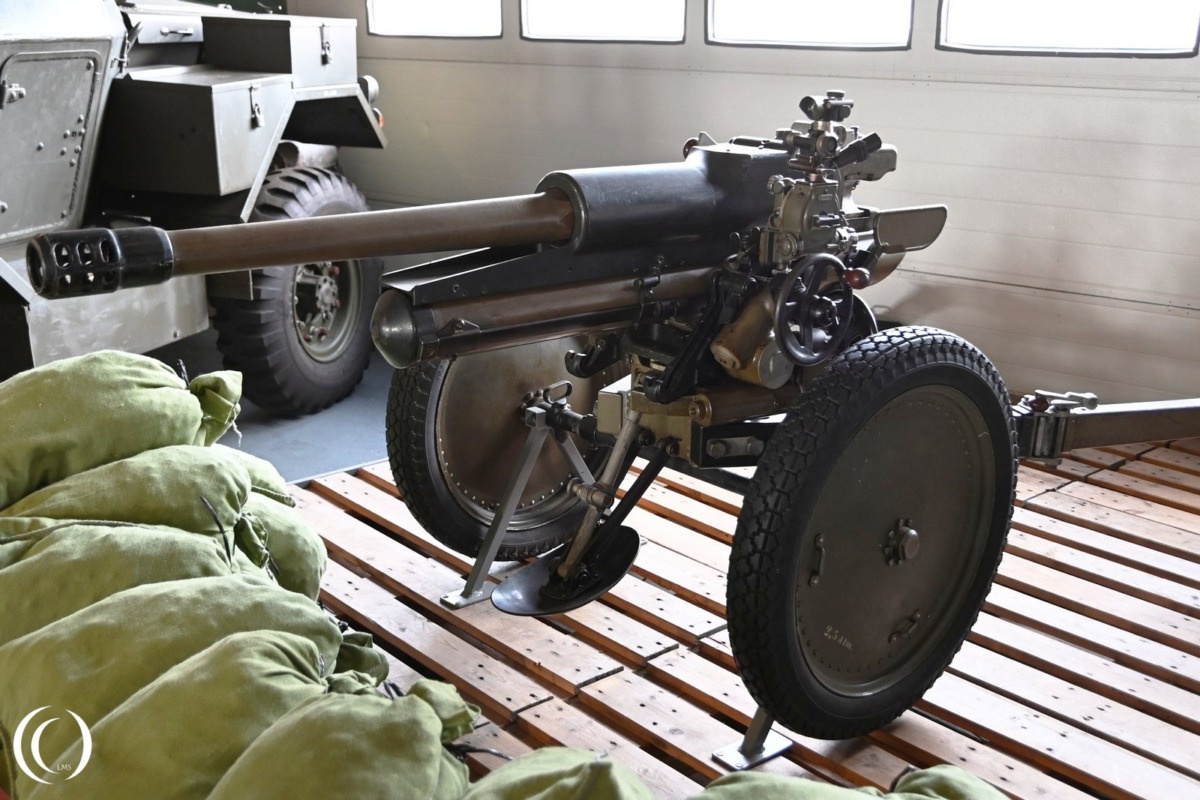
The 4.7 cm Böhler gun was a semi-automatic anti-tank gun developed by the Austrian firm Böhler in the late 1930s. It was built under licence by several countries like Italy, Netherlands and others. The italians built the Böhler gun in the Breda Factories and named it “Cannone da 47/32 Mod. 39 Elefantino”. The gun was known for its relatively small caliber, measuring 4.7 cm (47mm), but it featured a high-velocity projectile capable of penetrating early-war armored vehicles.
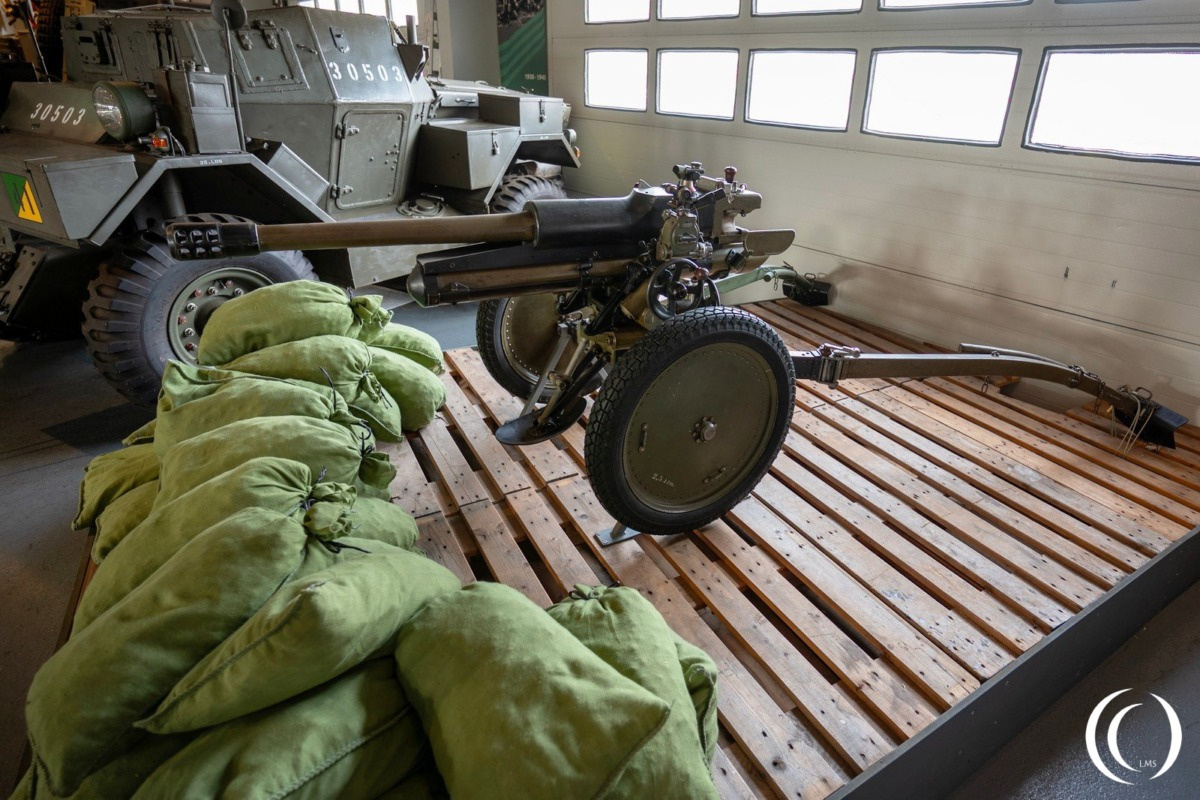
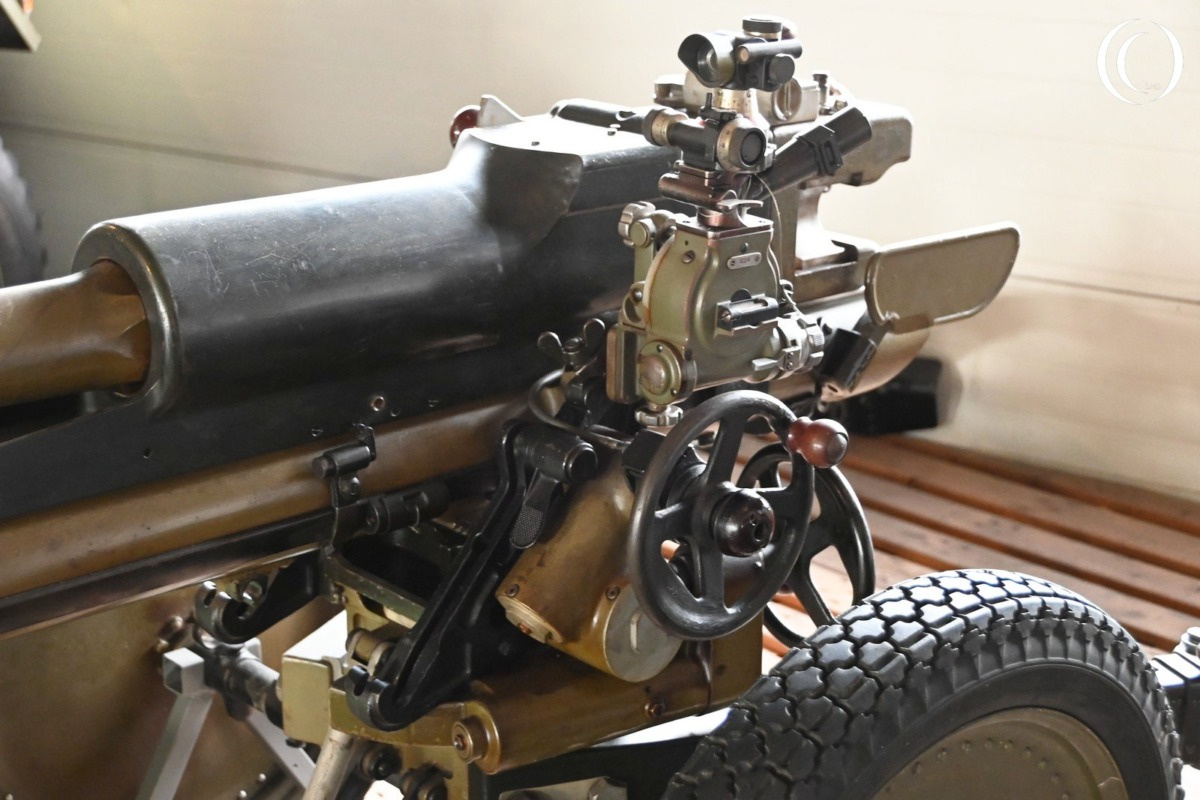
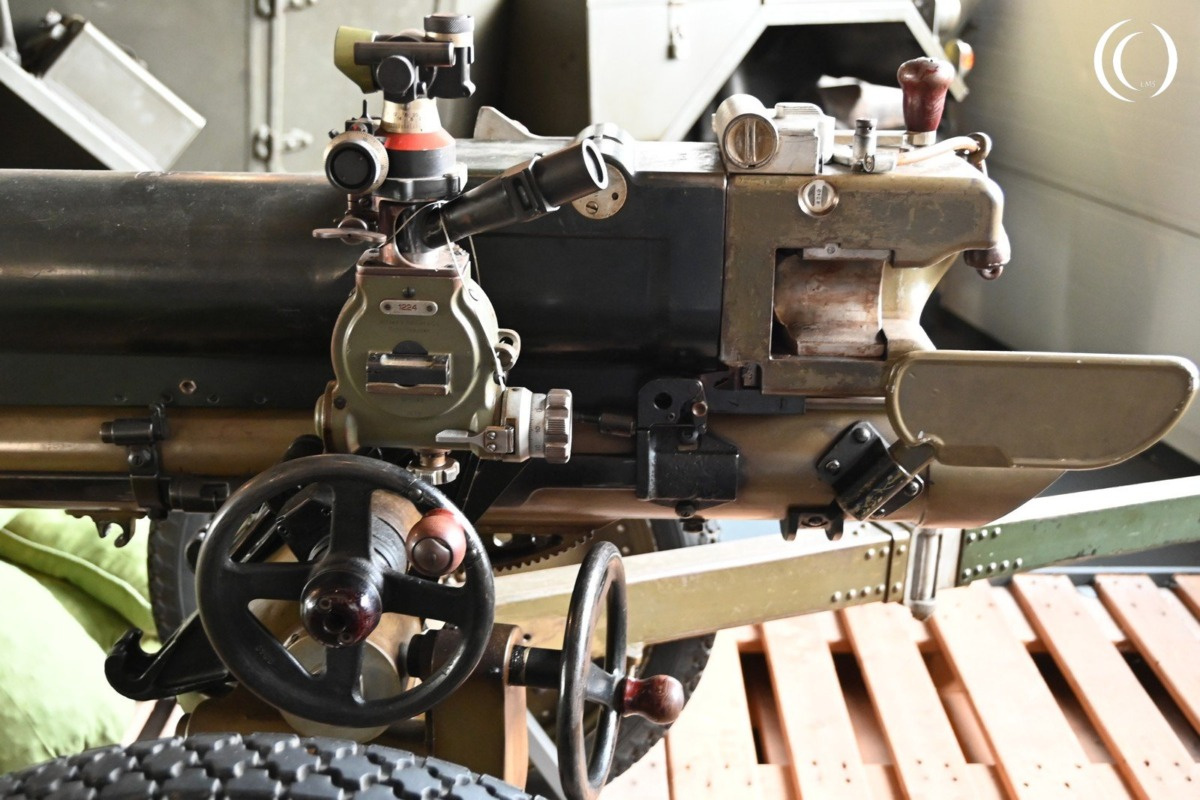
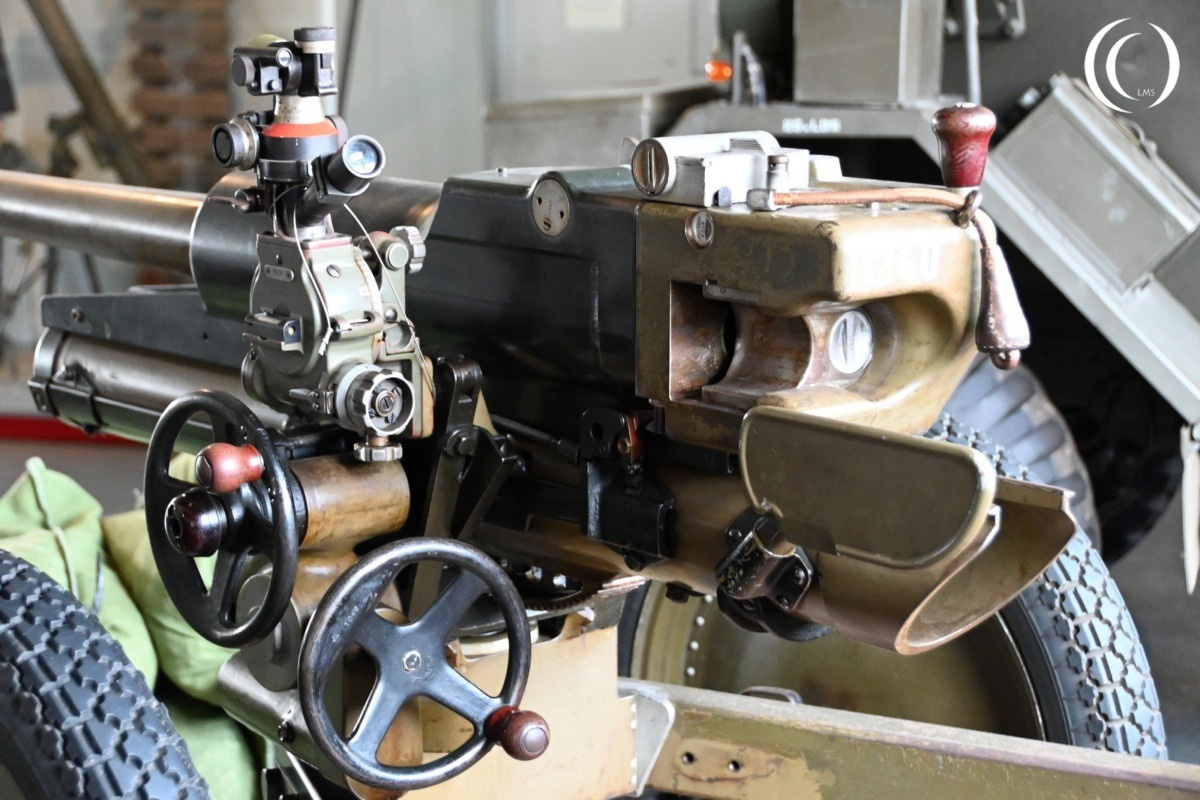
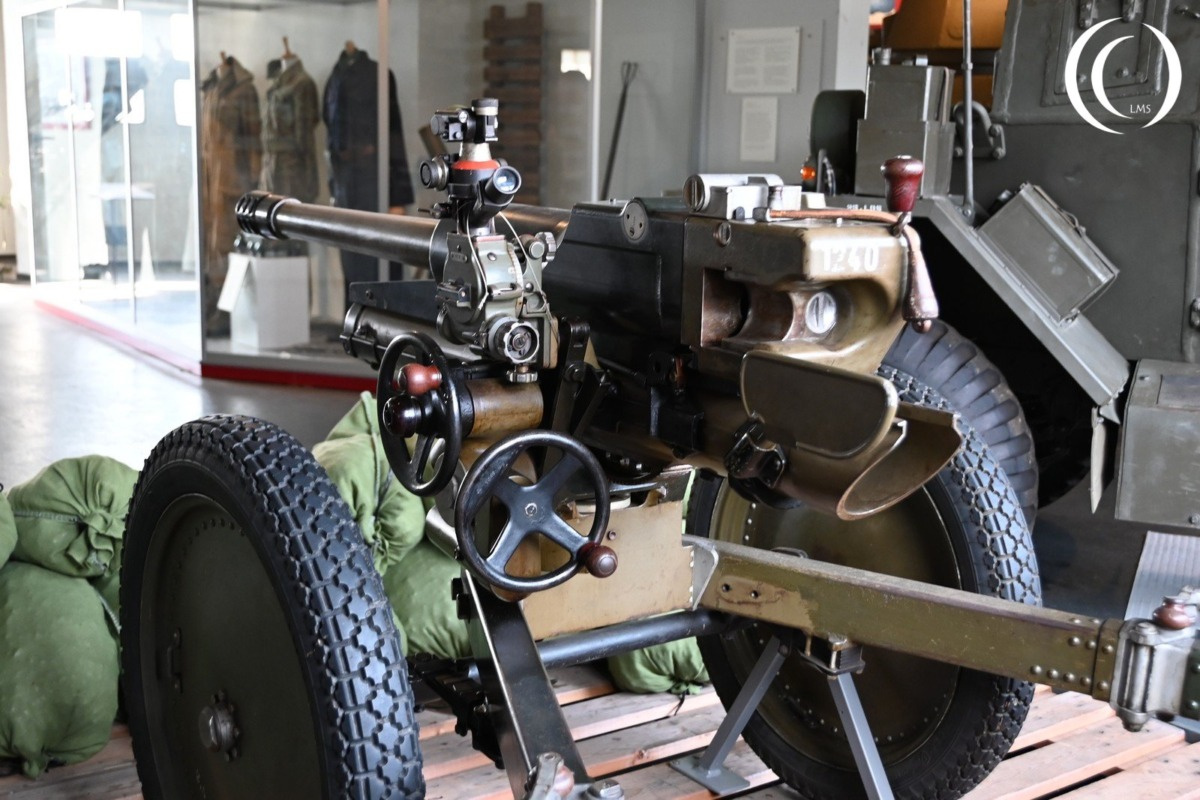
The 4.7 cm Böhler gun was mounted on a variety of platforms, including anti-tank vehicles and fortifications. One of the primary uses of the gun was in towed anti-tank configurations. The gun had a rapid rate of fire due to its semi-automatic breech system, making it effective against lightly armored targets. It was also used in an anti-aircraft role in some instances, though it was largely overshadowed by more powerful guns in later years as tank armor became thicker.
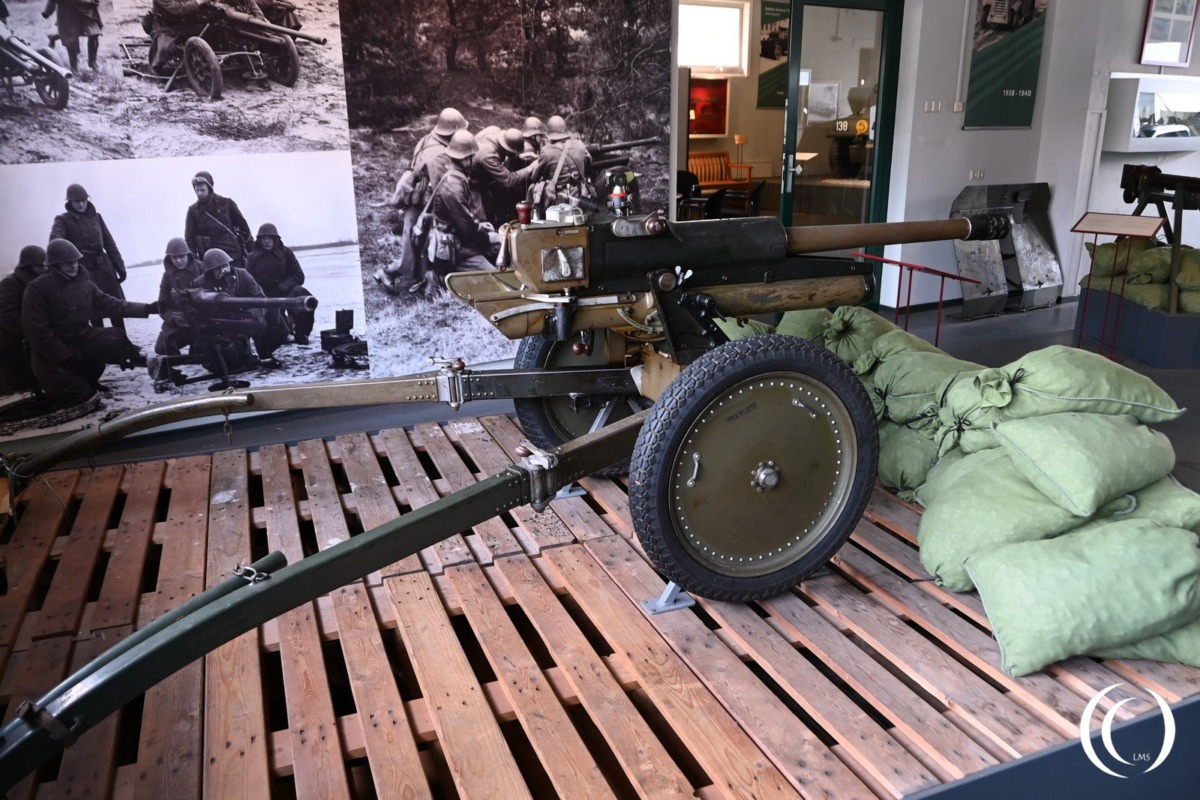
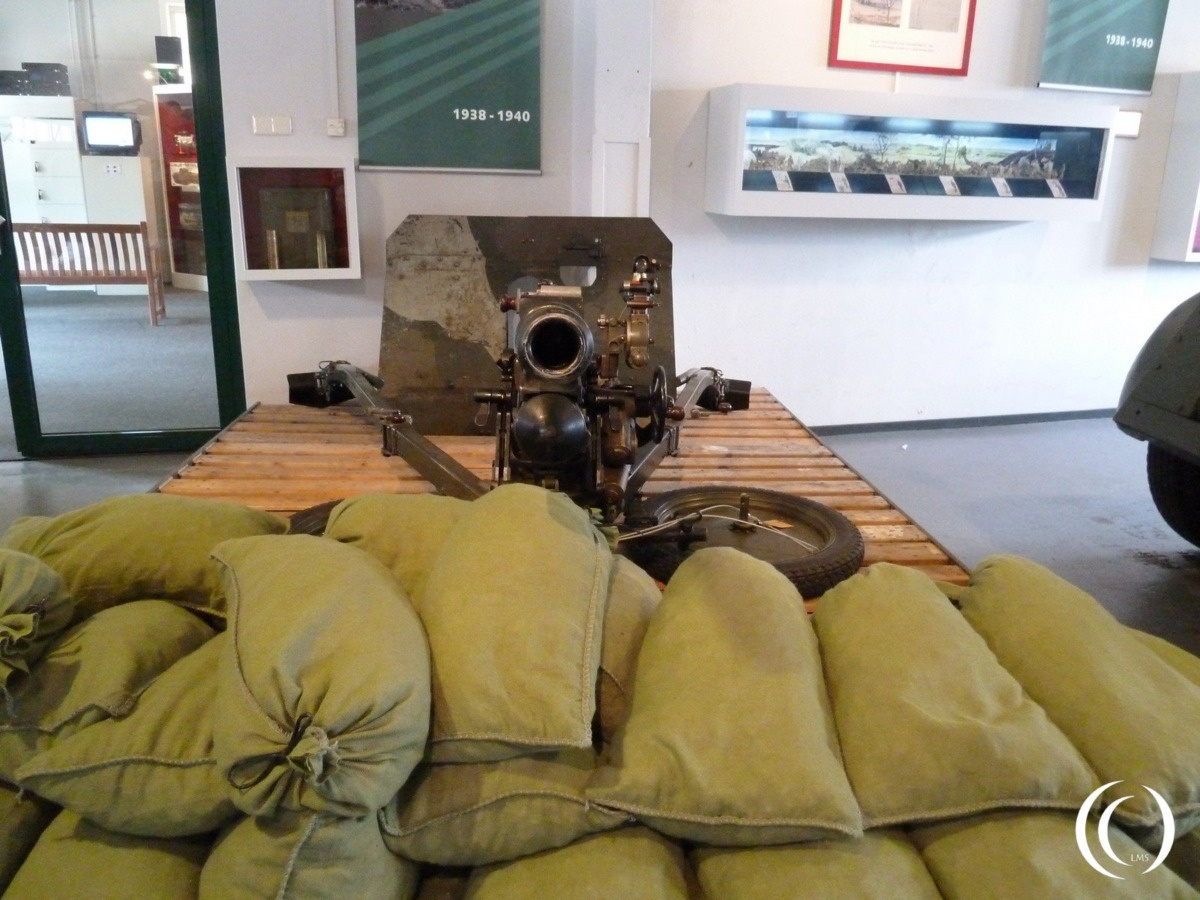

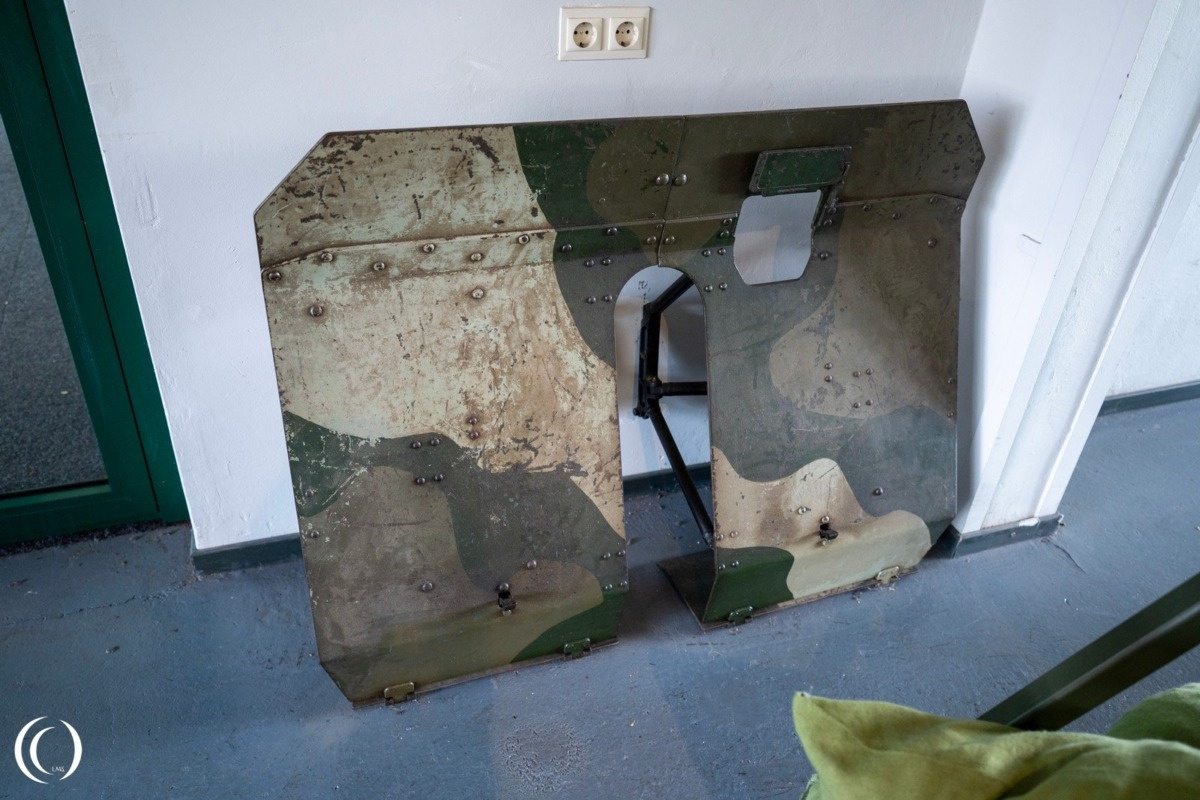
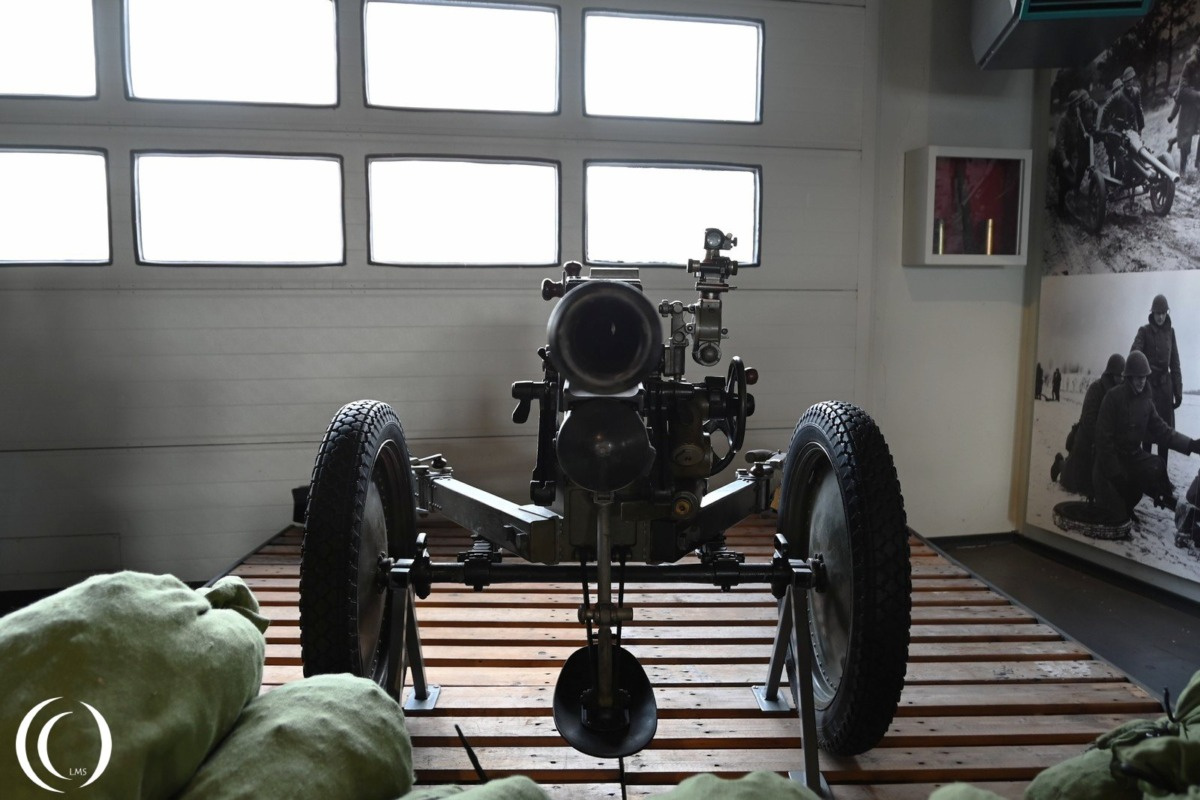
Specification:
Manufacturer: Böhler, Austria.
Weight of the gun in firing position is 310 kilograms, with the gun’s shield it is 395 kilograms. Its total length is 3210 mm with a barrel length of 1850 mm, and it has a caliber of 47 mm. Types of ammunition: high explosive armor-piercing shell of 1.45 kg, which penetrated 30 mm steel at 500 meters. And a high explosive shell of 2.45 kg. It could be set up and was ready to fire in 30 seconds.
Rate of fire with a high explosive armor-piercing shell was 15 shots per minute and its range was about 6 kilometers.
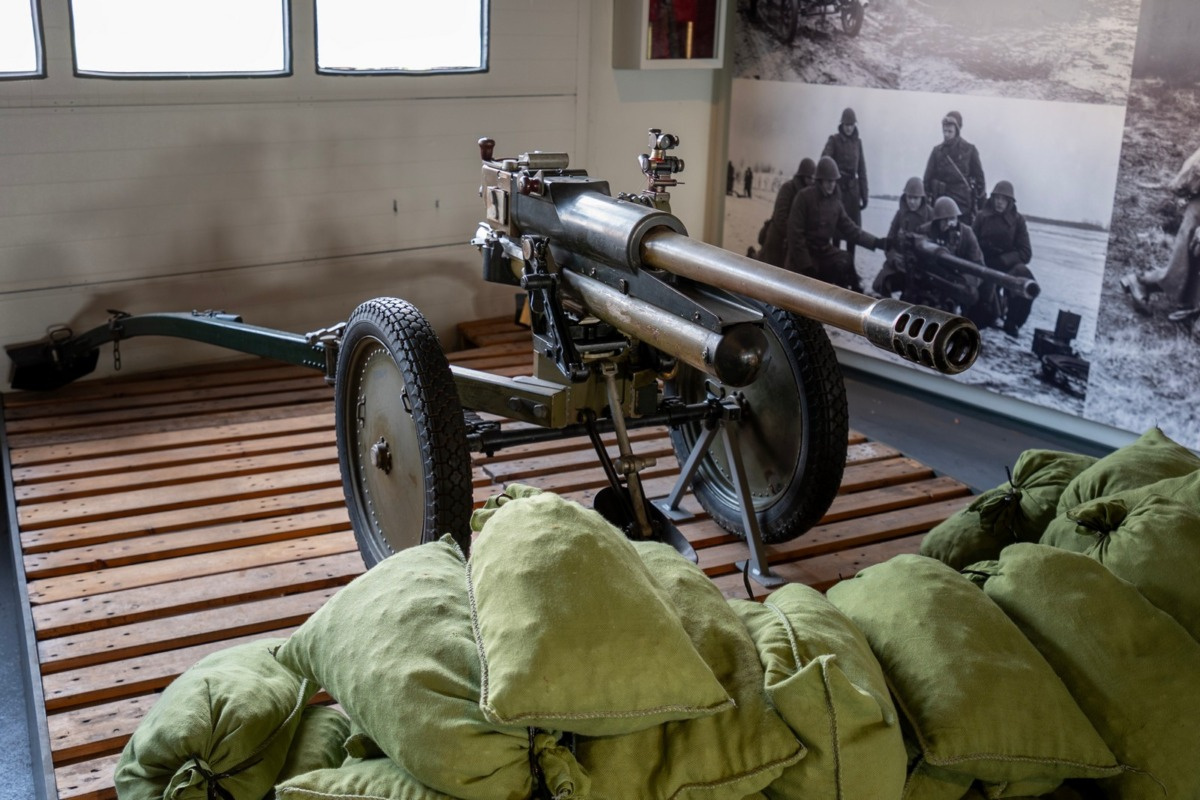
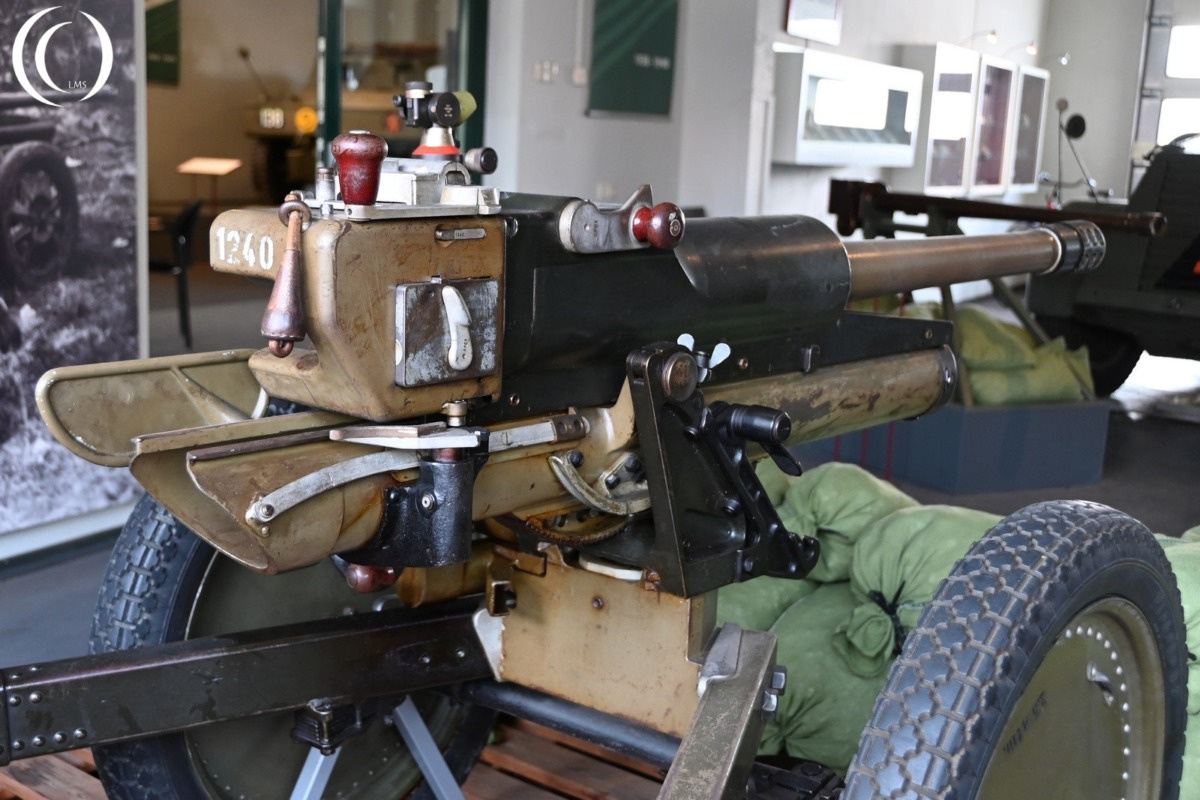
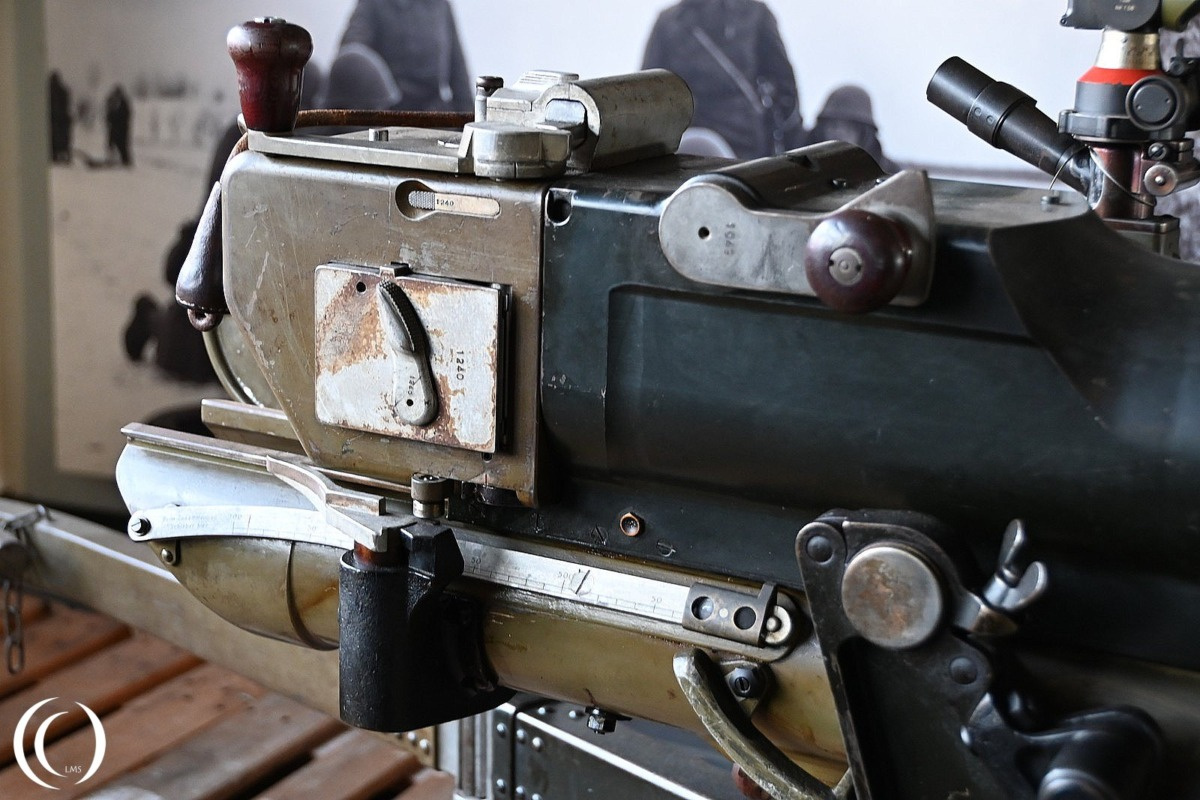
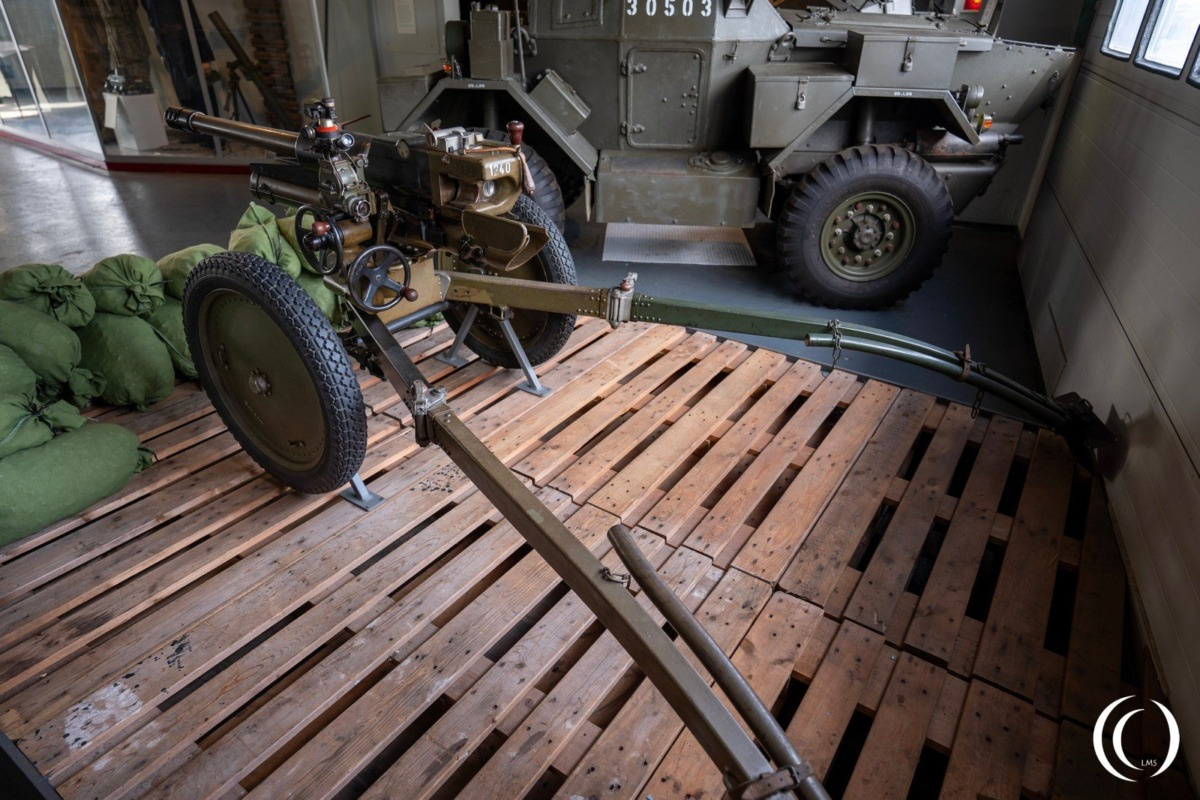
It was introduced to the Dutch army in 1938 and the number of pieces available in May 1940 was 386 Böhler 47 mm guns. The specific Böhler gun in the photos was bought from a Swiss museum.